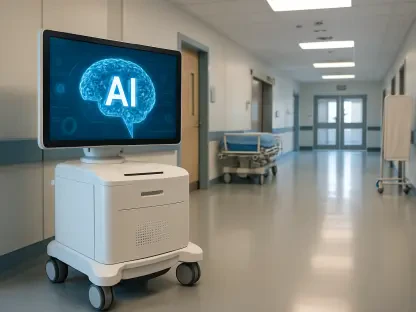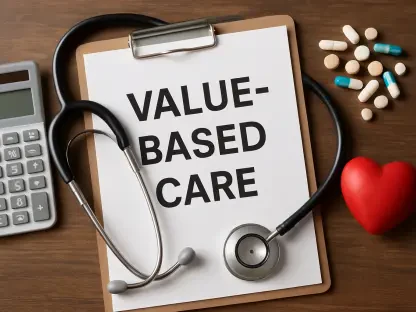Transforming Veterans’ Healthcare: A Detailed Analysis
The Department of Veterans Affairs (VA) is undergoing a significant transformation with the planned roll-out of Oracle’s electronic health record (EHR) system. This ambitious initiative targets nine additional medical centers by 2026 and seeks to enhance both patient care and operational efficiency. However, the project has confronted numerous technical and financial obstacles. Understanding these challenges is crucial for predicting the project’s future trajectory and anticipated milestones.
Present-Day Market Conditions and Historical Challenges
Initial Ambitions and Ongoing Struggles
The modernization project took off in 2018 when Oracle, formerly known as Cerner, secured the contract to replace an outdated system. The goals were lofty: better data management and superior patient care. Despite initial optimism, the project has faced complex technical issues and inefficiencies, impeding progress. These foundational challenges must be addressed to ensure the modernization’s success.
User Satisfaction: Measuring System Efficacy
User satisfaction has proven to be a substantial obstacle. A Government Accountability Office (GAO) report indicates that as of last year, 75% of users surveyed expressed that the new system has not improved their efficiency. High dissatisfaction levels point to technical and operational glitches that hinder productivity and negatively impact patient care. These challenges necessitate a closer examination to identify and mitigate underlying issues.
Financial Predictions: Estimating Costs and Budget Constraints
Financial uncertainties loom large over the project. Initial cost estimates range vastly from $16 billion to nearly $50 billion, reflecting a lack of precise financial forecasting. Lawmakers have demanded updated financial assessments by the end of September, adding pressure to the VA to ensure accurate projections. Missteps in budget management could result in delays and necessitate revised strategies to keep the initiative on track.
Geographic Disparity: Regional Deployment Complexities
Deploying the Oracle EHR system in diverse regional landscapes, such as Ohio and Alaska, brings unique challenges. Differences in local healthcare infrastructure and resource availability can significantly influence implementation success. Addressing these regional complexities through innovative methods and expert insights could provide crucial support for a smoother roll-out.
Industry Projections: Anticipating Regulatory and Technological Changes
Emergent Technologies and Healthcare Improvements
The healthcare industry continues to evolve, with new technologies emerging that could resolve some current issues the VA faces. Innovations in artificial intelligence and machine learning offer the potential to automate processes and increase system reliability. Predictive analytics could aid in forecasting patient needs, ultimately enhancing the overall system efficiency.
Regulatory Changes: Navigating Compliance
As new regulations are enacted, compliance requirements for EHR systems will change. Adaptability to these evolving standards is critical for long-term success. Regulatory shifts may introduce both challenges and opportunities, demanding agile responses to maintain compliance and leverage new avenues for improving healthcare service delivery.
Recommendations: Practical Steps Toward Enhanced Implementation
Agile Project Management: Flexibility in Execution
Adopting agile project management techniques can help the VA respond swiftly to unexpected challenges. This approach encourages stakeholder feedback and continuous improvement, essential for realizing the full potential of the modernization project.
Leveraging Stakeholder Insights: Continuous Improvement
Soliciting regular feedback from healthcare professionals using the system can identify pain points quickly and facilitate more targeted improvements. This stakeholder-centric approach ensures the system evolves in line with user needs, thereby enhancing overall satisfaction and efficiency.
Strategic Reflections and Future Actions
The VA’s EHR modernization project aims to revolutionize veterans’ healthcare. The technical and financial challenges emphasize the necessity for innovative solutions and robust project management strategies. Moving forward, the focus should be on leveraging emerging technologies, adapting to regulatory shifts, and optimizing resource management. By addressing these critical areas, the VA can enhance the efficacy of the modernized EHR system, ensuring it meets the high expectations set forth at the project’s inception. The journey is challenging, but with strategic adjustments and continuous oversight, the VA can achieve its vision of improved care for veterans.









